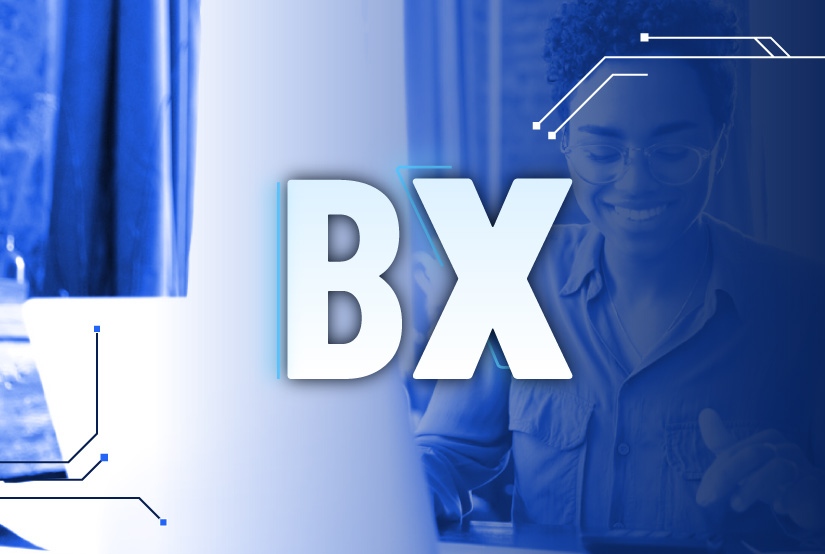Customers May Come for Convenience, But They'll Stay for Choice and Speed
It’s not enough to simply offer consumers and your customers digital payments. It’s also about the speed and efficiency of those digital payments options. Features which can be a deciding factor when it comes to retaining loyal banking and bill pay customers.
Choice, speed, experience, and personalization of a payment and billing solution is what drives satisfaction and adoption. These four primary driving principles, if embraced by banks and billers, will future-proof billing and payment experiences for all. Whether it is making payments, transferring money or using peer to peer, instant capability is critical.
With so many options available, are you certain that you are offering consumers the most bang for their buck?
Marcell King, Chief Innovation Officer of Banking and Fintech at Paymentus, told PYMNTS.com in an interview that speed is top of the list when it comes to consumers’ expectations about payments.
“The speed of money movement has become much more critical,” he said.
At a high level, the most pressing goal for financial institutions (FIs) is to simplify consumers’ financial lives — and in doing so, the movement of money itself must be streamlined and modernized. In turn, that improves the continuum of bill payments, investing and savings.
As King was quick to point out, real-time functionality has been in place for a long time, embedded within banks’ infrastructure. That comes though wires, of course — though historically, those transactions have been expensive.
More recently, the emergence of FinTechs and their own solutions, powered by advanced technologies, has allowed real-time money movement between individuals, across the likes of PayPal, Venmo, Cash App and others.
A Proactive Approach
There’s also the opportunity to be proactive, to apply artificial intelligence (AI) to gain insights into data in order to predict how financial decisions will affect consumers’ cash flow.
“We’ll see more of a data-driven approach to moving these funds,” he told PYMNTS.com.
That data, increasingly, can be sourced from places outside of the banking system, and it can help enterprises innovate as they seek to improve customer-facing applications.
King pointed to bill payments’ transformation into a financial tool via Paymentus’ own Bill CenterSM. That tool allows a consumer to aggregate all of their bill content, their loans and other financial obligations — babysitters, landscapers, etc. — into one place.
FIs, he said, can leverage that data to help remind consumers about when and how they can make timely bill payments, and use the insight into cash flow to offer contextualized, personalized credit products (and even break utility bills into installment payments, for example).
Elsewhere, Paymentus has been helping develop a range of products that improve consumers’ financial health — along the matrices of saving, borrowing, spending and planning. Those activities are interrelated, and the pressure is on, given the fact that so many of us live paycheck to paycheck.
A proactive approach on the part of FIs can remind consumers when loans are due, and prompt them to reply, via text, that payments should be made. The banks should also make it easier for consumers to pay from whatever channels they want, he said — in branch settings, on their devices, through PayPal and even from Amazon Alexa.
Payments optionality, he said, can cement consumer loyalty by reminding those individuals how convenient managing their finances with their primary providers can be.
And the relationships will be long lasting, he added.
“If you’re able to help create a financially stronger consumer,” he said, “that consumer can be introduced to other products, like mortgages, auto loans or personal loans as they need them.”



